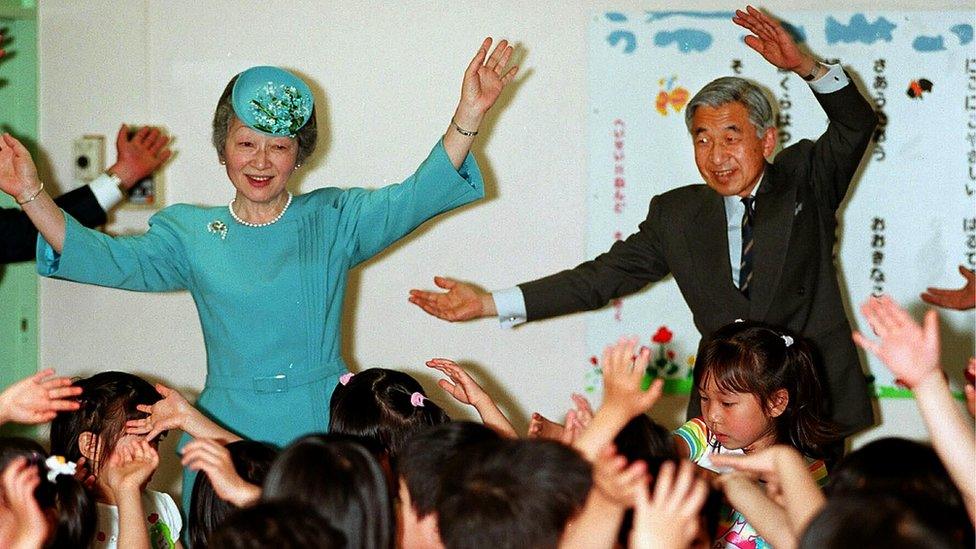Naruhito: Japan's emperor proclaims enthronement in ancient ceremony
- Published
Watch the ancient ritual of Japan's emperor ascending to his throne
Japan's Emperor Naruhito has formally proclaimed his ascension to the throne in an elaborate ceremony.
The emperor, 59, officially began his reign in May after the abdication of his father, the then-Emperor Akihito.
But, after a series of traditional rituals inside the imperial palace in Tokyo, his ascension has now been formalised.
The ceremony comes as Japan reels from the effects of Typhoon Hagibis, which left almost 80 people dead.
A celebration parade was postponed out of respect for the victims and their families.
What happened at the ceremony?
The Sokui no Rei - or the Ceremony of Accession - saw Emperor Naruhito inside the 6.5m-high Takamikura throne.
He read out a formal proclamation, dressed in a yellow-orange robe worn only by emperors on special occasions.
"I swear that I will act according to the constitution and fulfil my responsibility as the symbol of the state and of the unity of the people," he said, according to a Reuters translation.
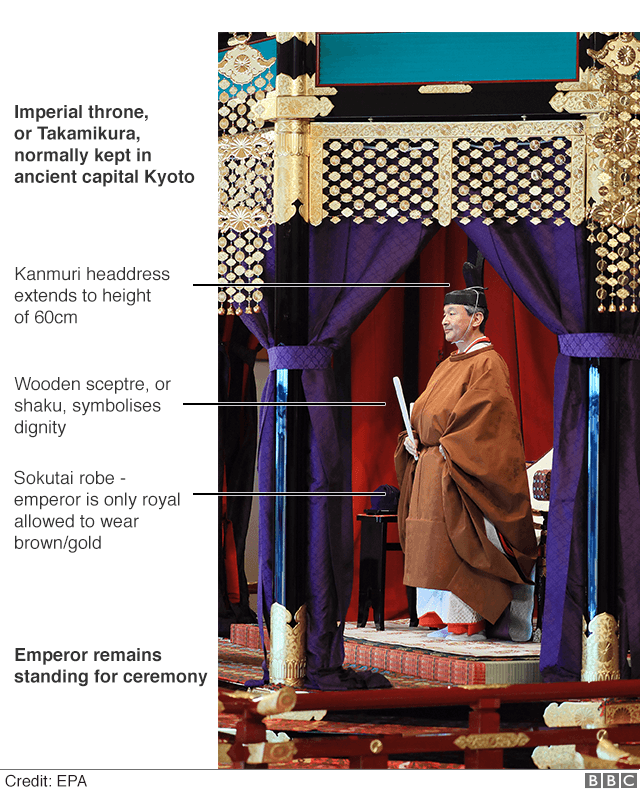

His wife Empress Masako, reportedly clothed in 12 layers of robes, was seen in a separate smaller throne.
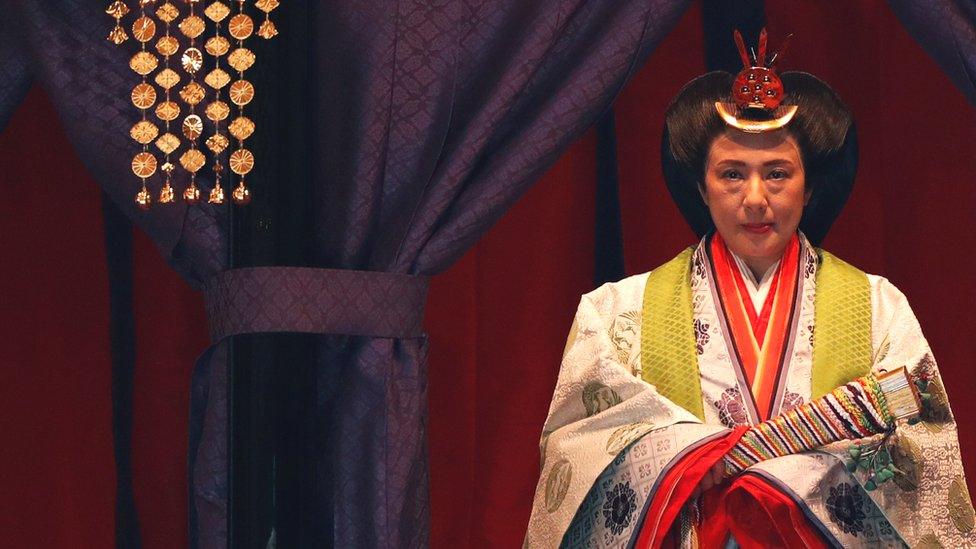
Empress Masako was seated on an adjacent throne
Prime Minister Shinzo Abe delivered a congratulatory address, followed by shouts of "Banzai!" - translated as "long live the emperor".
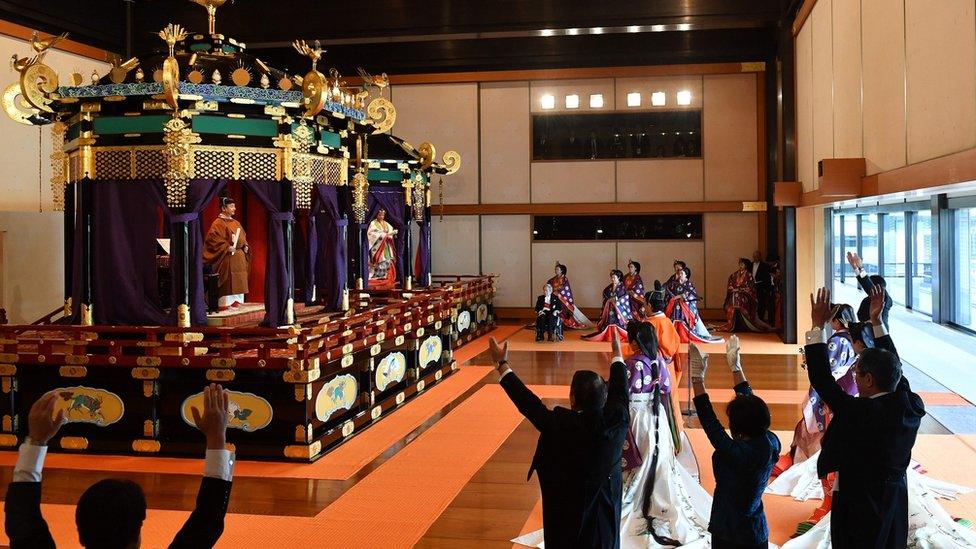
Shinzo Abe led a Banzai cheer for the Emperor and Empress
The ceremony, conducted largely in silence, was held in the presence of an ancient sword and jewel - sacred treasures that act as symbols of imperial power.
Hundreds of foreign dignitaries, including the UK's Prince Charles, were in attendance.
The emperor will later host a tea party for foreign royalty, while Mr Abe will host a banquet in the evening.
Empress Masako and the pressure of Japan's throne
How big a deal is this ceremony?
A pretty huge deal. The last time an enthronement ceremony took place was in 1990, when the then-emperor Akihito formally ascended the throne.
Small crowds turned out on Tuesday morning outside the palace despite a heavy downpour.
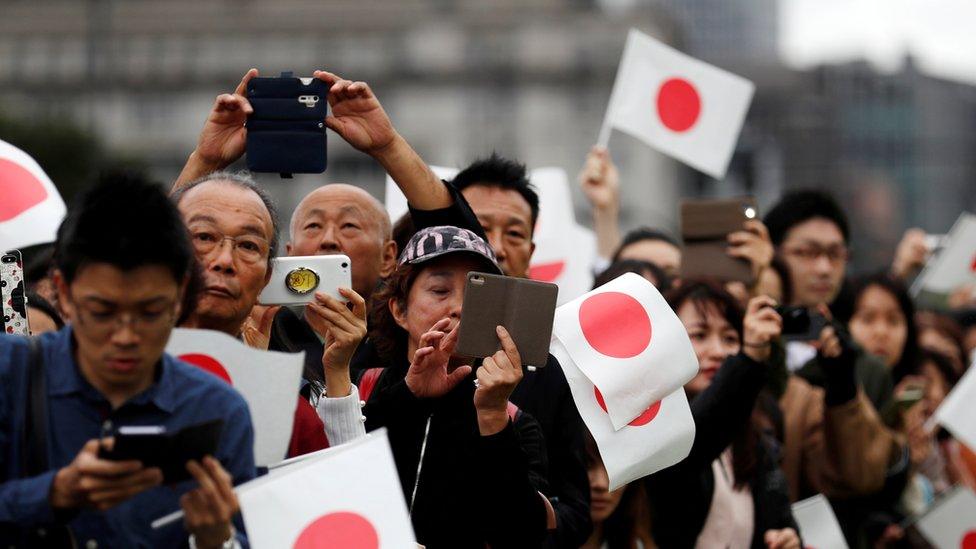
People waiting outside the Imperial Palace
"Today is an important day for the new emperor and the empress," 78-year-old Shuichi Hachinuma, who had travelled to Tokyo, told news agency AFP.
"I feel the emperor is closer to us, compared to in the past... I want him to send a message of peace."
The torrential winds and rains cleared just as the ceremony began.
Some social media users claimed a rainbow appeared just in time for the ceremony.
Allow X content?
This article contains content provided by X. We ask for your permission before anything is loaded, as they may be using cookies and other technologies. You may want to read X’s cookie policy, external and privacy policy, external before accepting. To view this content choose ‘accept and continue’.

Didn't Naruhito already ascend the throne?
Emperor Naruhito officially began his reign on 1 May.
According to news site the Japan Times, the ceremonies conducted on that day were "simpler, and meant to signify the inheritance of the throne immediately"., external
The Sokui no rei was a much more elaborate affair.
It's not uncommon for there to be a gap between the first succession to the throne and the Sokui no rei.
For Emperor Akihito, there was an almost two-year gap between his succession to the throne and the Sokui no rei. , external
According to one Japanese expert, the reason for the confusion this time round was because then-Emperor Akihito's abdication broke away from the normal procedure.
He abdicated due to poor health, becoming the first monarch to abdicate in more than 200 years.
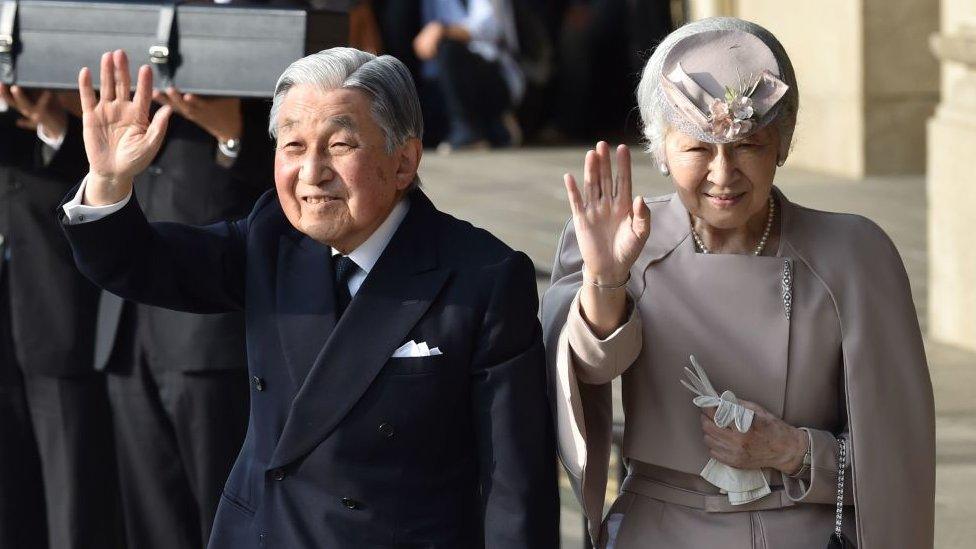
The then-emperor Akihito (L) abdicated citing his age and failing health
Usually, the celebratory enthronement can only take place after at least a year of mourning.
But because Emperor Akihito had stepped down, the ascension of Emperor Naruhito then was seen as much more of a celebration.
"The world just assumed that that [on 1 May] was the combined celebration, but the real celebration is what's happening now," Ken Ruoff, author of Japan's Imperial House in the Postwar Era, told the BBC.
"It's not perceived as a big deal [to] the rest of the world who are like 'didn't we already do this?' But it's a big deal for the Japanese."
- Published21 October 2019
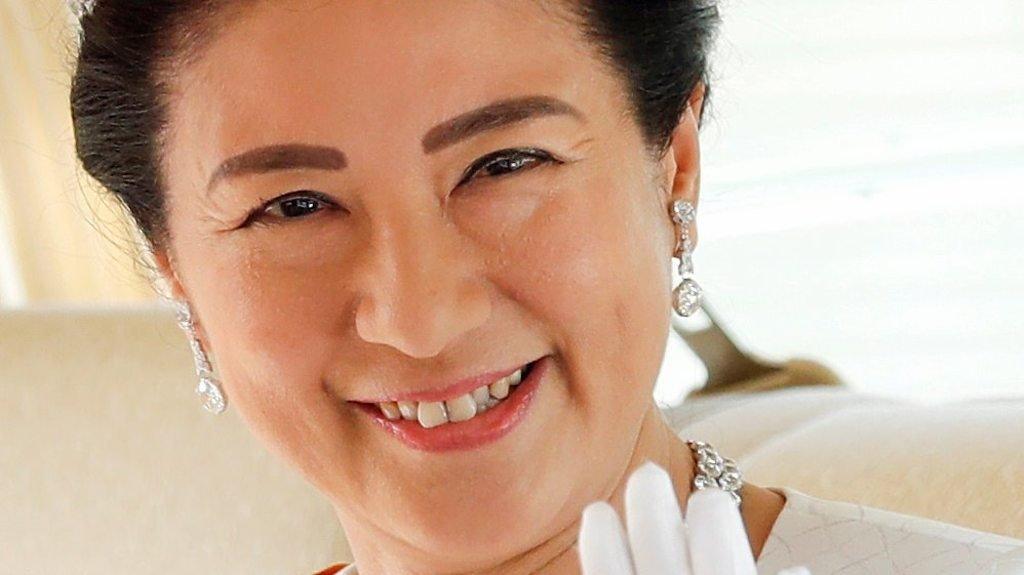
- Published27 April 2019
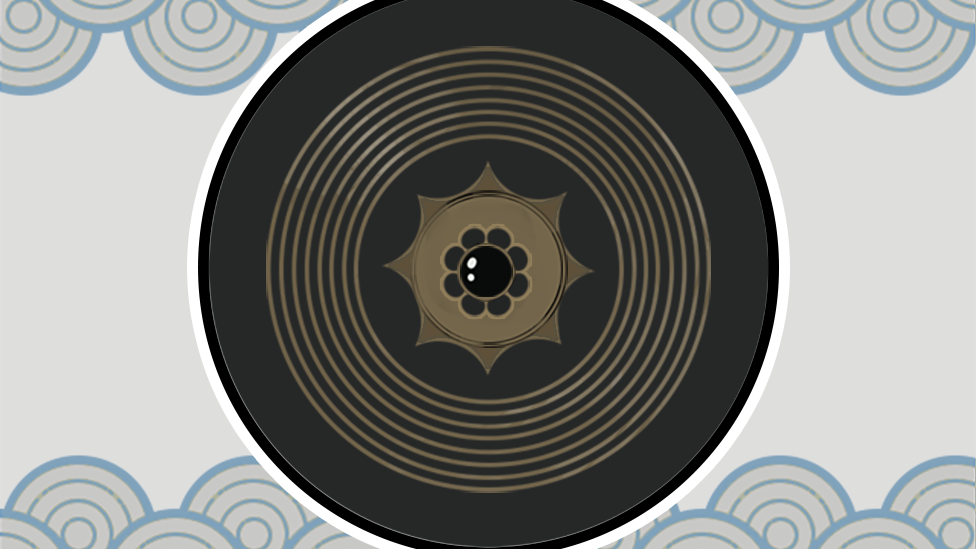
- Published1 May 2019
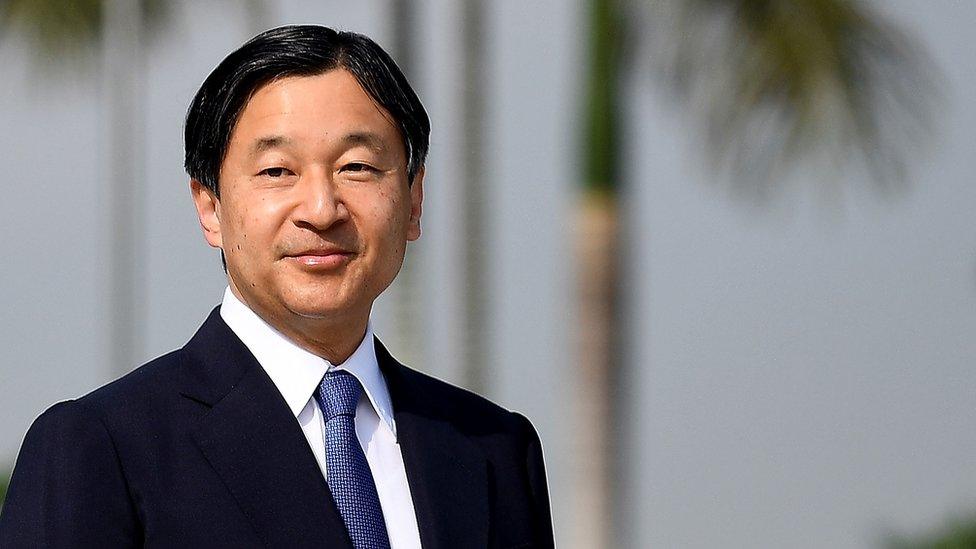
- Published1 May 2019
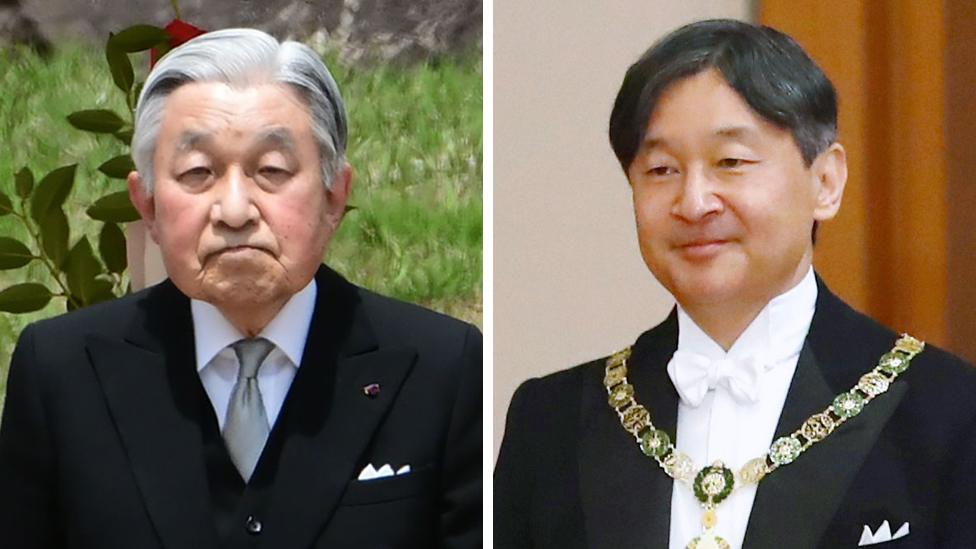
- Published30 April 2019
